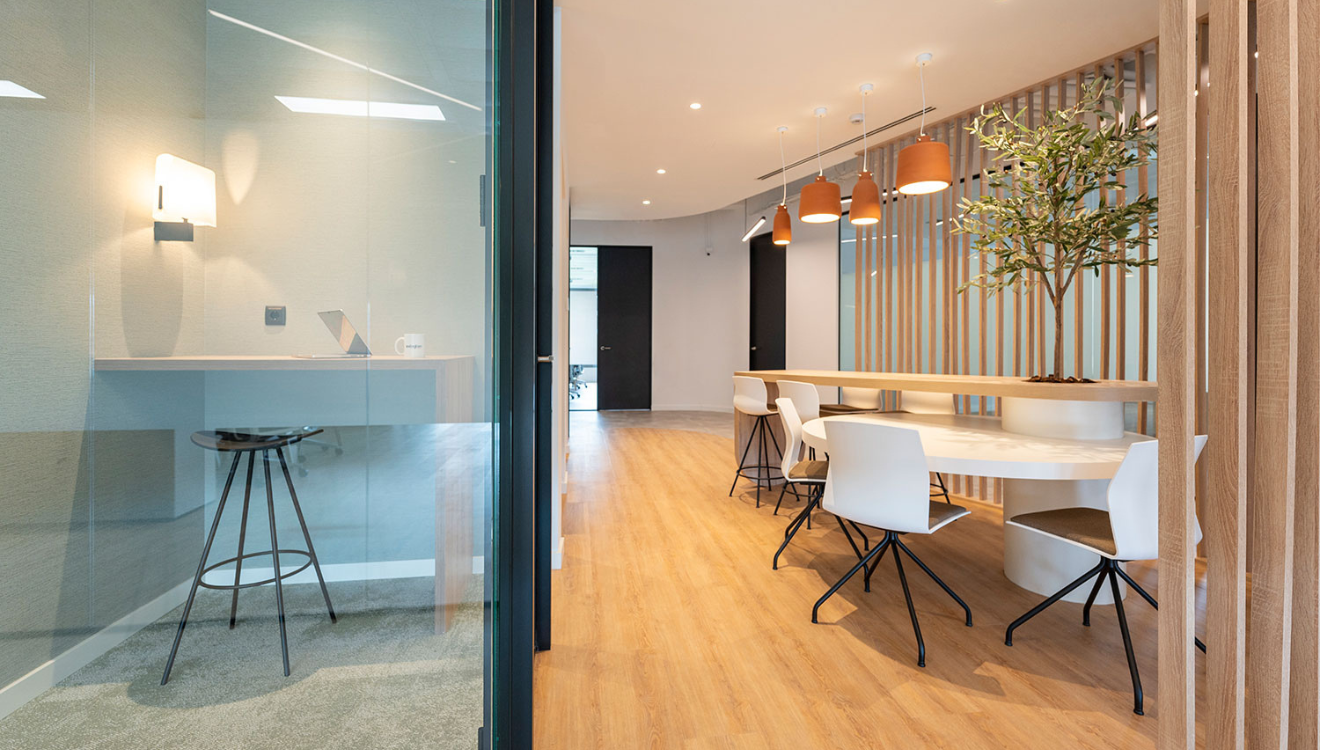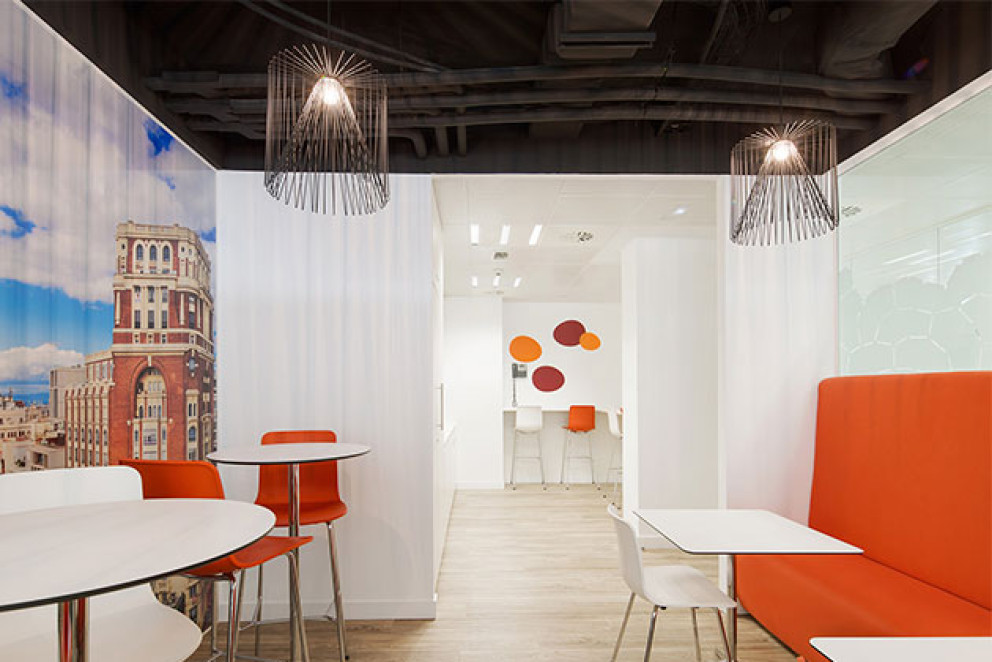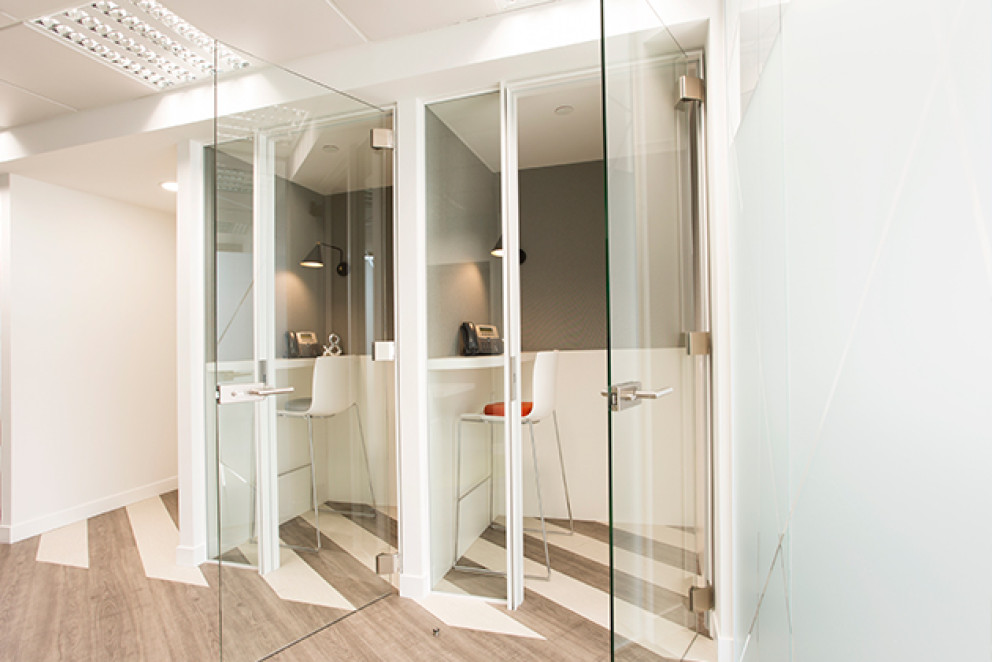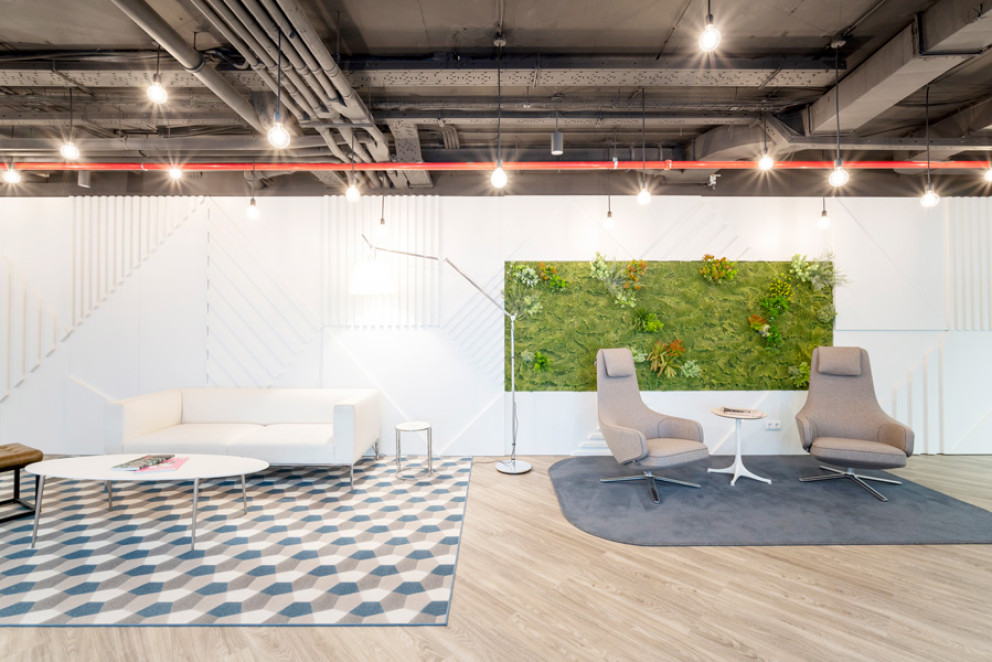Table of contents


Design your offices in an efficient and modern way
14 Sep 2023


14 Sep 2023
Table of contents
If you've reached this article, you probably understand the importance of office organisation and design and how it directly impacts productivity. But would you like to learn more and delve into the world of modern office design?
We know what we are talking about, and that is that at Lexington we focus on providing efficient and contemporary offices, creating workspaces that increase productivity and always prioritizing the well-being of workers.
Here are some tips that we put into practice in our flexible spaces - don't go away just yet!
Efficient office design is based on several key principles. Firstly, it is important to consider the flexibility of the space to adapt to the changing needs of the company. In addition, ergonomics and employee comfort should be a priority to increase productivity.
Some aspects to be taken into account are:
The choice between open and enclosed spaces depends on the culture of the company and the tasks employees perform. Open spaces encourage interaction and creativity, but can also be noisy and distracting. Enclosed spaces offer privacy, but can sometimes feel isolating. An effective solution is to combine the two in a balanced design that gives employees options.
Light is essential in efficient office design. Maximising access to natural light reduces fatigue and improves employee wellbeing. Complementing this with well-designed artificial lighting is essential to maintain an optimal working environment in all conditions. Dimmable lights and intelligent lighting systems can be adapted to the specific needs of each office area.
While our traditional conception of office design focuses on large spaces with a large footprint, efficiency is increasingly being sought in small spaces, which requires careful planning.
Large offices offer a variety of layout options to suit the needs of the business and promote efficiency. These are the most common types of layouts:
Cabling infrastructure and connectivity systems are fundamental to modern office design. Ensuring that there is sufficient high-speed internet access and electrical connections throughout the space is essential to ensure that employees can work efficiently. In addition, considering the implementation of communication and collaboration technologies, such as video conferencing and project management systems, improves productivity and communication in the company.
You might be interested
You might be interested
Coffice: The New Trend for Workspaces

Marina Guerra


You might be interested
You might be interested
The design of corporate offices directly influences productivity. Discover the main features of an office 10

María Elipe


You might be interested
You might be interested
Smart Office: Join the office of the future!

Sandra Barreto


Colours, art and design can influence the mood of employees and the culture of the company. Incorporating attractive and harmonious visual elements can improve employee motivation and satisfaction.
Another key issue is how to make the office more sustainable. Plants and other natural elements not only improve the aesthetics of the office, but can also purify the air and create a healthier environment. Indoor vegetation can reduce the concentration of toxins and increase air quality, which benefits the health and well-being of workers. Not to mention other aspects related to energy efficiency and waste reduction.
And, of course, the importance of branding in office design, essential to generate a feeling of team and belonging among employees. In Lexington, thanks to our specialisation in tailor-made corporate offices, we put special focus on transferring the company's brand image to every corner of the workspace.
Ultimately, good office design not only improves efficiency and collaboration, but also influences satisfaction and talent retention. It can also reflect the company's culture and values, strengthening corporate identity. Check this article to inspire you.
At Lexington you will find flexible spaces with efficiently designed offices so that you can turn them into a strategic tool for attracting and retaining talent, promoting a working environment that inspires and motivates employees to reach their full potential.
Are you coming to visit us? Find out about our locations in Madrid and Barcelona.
Related articles
Get up to date with flex
Subscribe to our newsletter to make sure you don't miss anything. On trend content you’ll be interested in.
Contact us
Request information
Solicitar información free pass
Request a quote
Visit our spaces
Trabaja con nosotros
Contact us
Work in a flexible space.
Optimize on costs compared to a conventional office
Estimation of costs compared to conventional office hire
0 people Office for
Select
5 people
10 people
15 people
25 people
Select a number of people and we’ll show you the expenses included in our flexible office hire.
Conventional office
Operational costs and supply costs:
€/month
+ opening expenses
Flexible office
Operational costs and supply costs:
Included
No opening expenses
Included in the monthly bill
€517.01/person
0€
2.264,24 €/person
0€
523,69 €/person
0€
Guarantee bond
6 months
Deposit
2 months
Since
12 months
Since
1 month
2-6 months
2 months
Request a quote